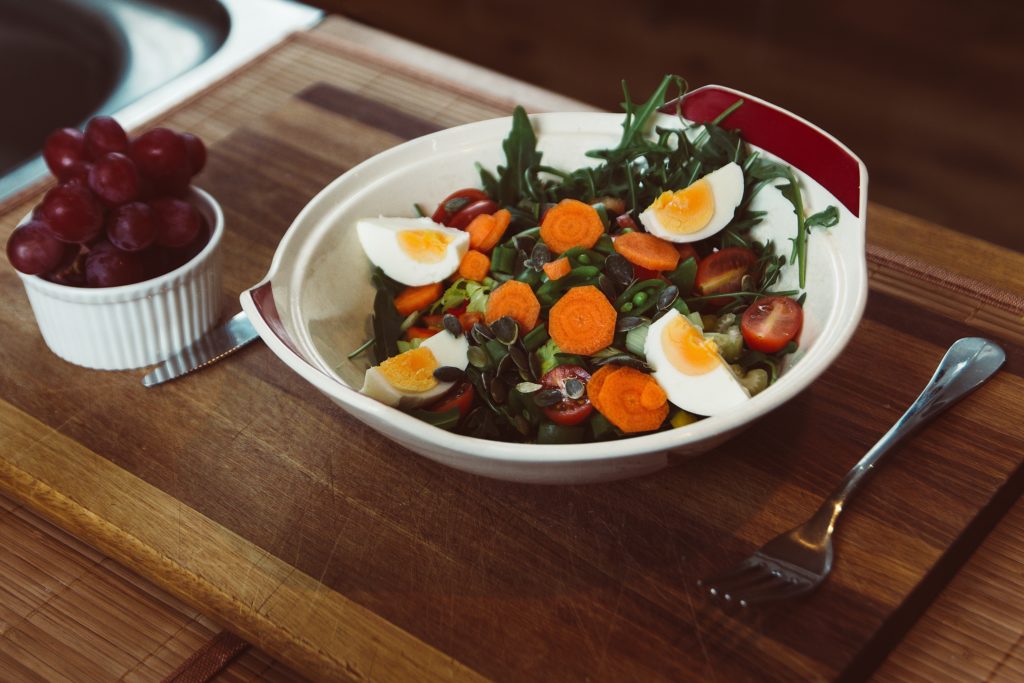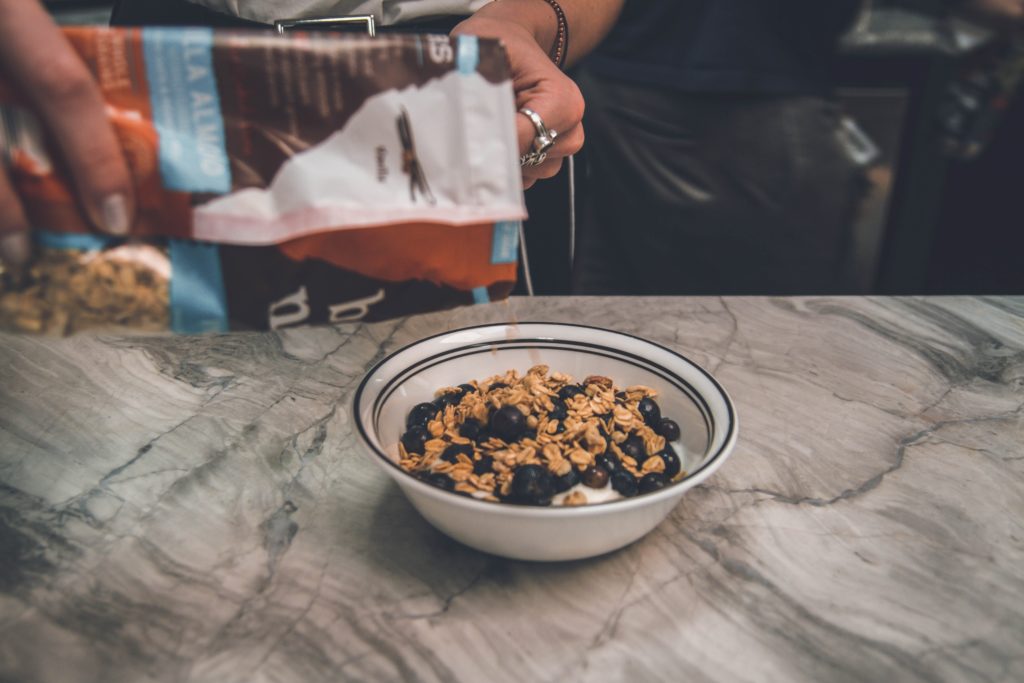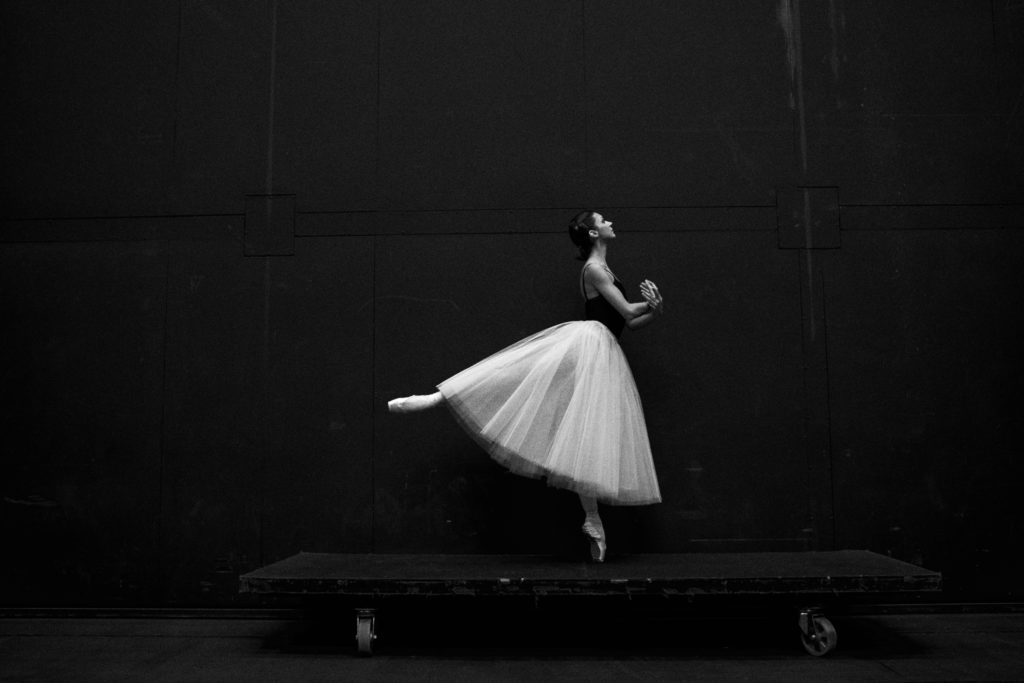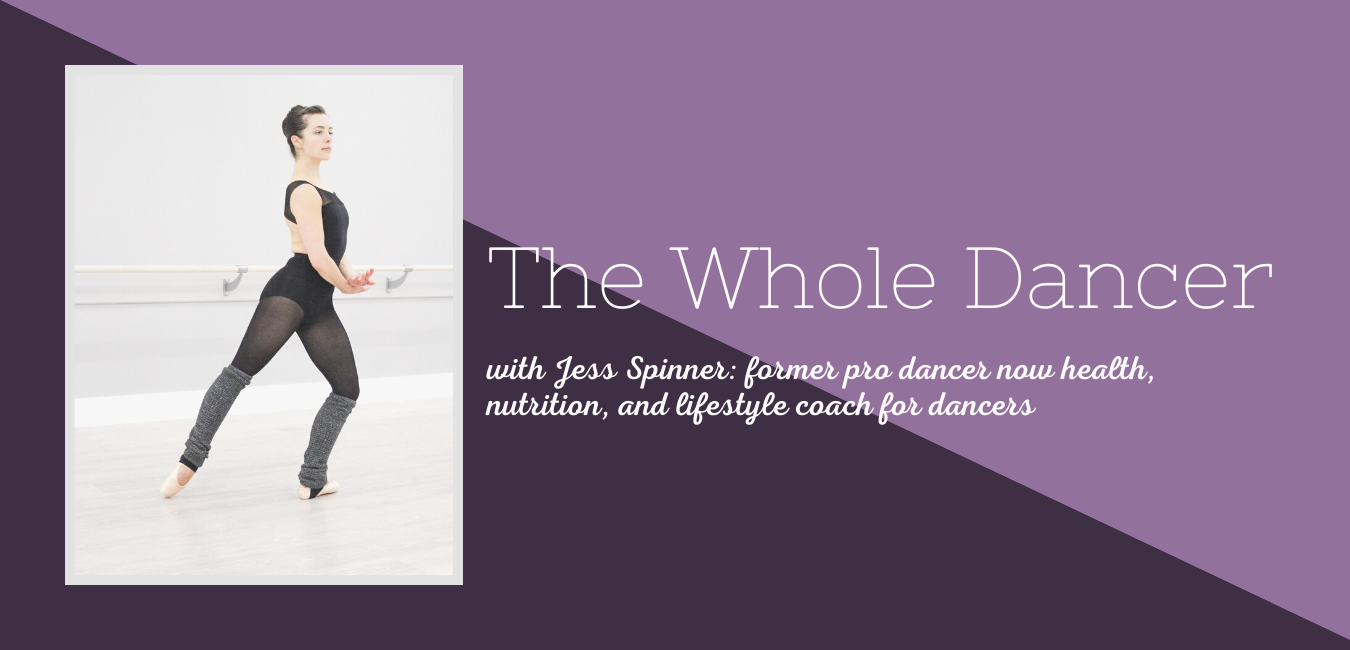“Best Body” Goals in 2019
First things first – “eat less, move more” is not the answer. This is antiquated dieting advice that many people fall victim to when trying to change their bodies. Yes, even if weight loss is your goal the eat less move more motto is not the answer.
**As you’re reading this post if you’re interested in support making these suggestions your new normal, check out The Dancer’s Best Body Program**

Why not? Here are some reasons:
1.It won’t last.
You might start off great, minimizing your meals and just cutting back on calories. Usually one of two things happens – first, you might go too far and get into the territory of under eating. As a dancer and athlete not getting the nourishment you need can lead to injury or psychological distress. Second, it’s not sustainable.
Simply eating less without changing your mindset around food or adjusting your food choices will make you feel deprived. This typically results in binges.
2. Food is an emotional thing.
It’s possible you don’t think of food that way. It’s something you need to survive and to fuel your dancing. However, the emotions we have tied up in food are often ingrained at a young age. Food could mean love, comfort or an escape.
In order to reach your personal best body and find calm around food you need to unravel the emotions you have tied up in it.
3. You’re probably already moving enough.
For non-dancers, “move more” is probably going to be an important part of the equation. Mostly from the stance that it will create some consistency in their routines and they’ll be more likely to stick to other lifestyle changes – like those around food.
If you are already dancing and cross – training, adding to that could be detrimental. Overworking the body is something dancers need to stay aware of and avoid.
4. Body changes are 85% about food.
And I would argue that much of the necessary food change has to do with your mindset around it and how you view food and your body.
So…if it’s not about “eat less, move more” what is the answer?
Make gradual adjustments to your food. Here’s a good plan of action most would benefit from:

Ask yourself these questions:
- Am I drinking enough water?
- If not, figure out how much you drink on an average day and up your quantity gradually. This is a great place to start wherever you are on your health journey.
- Am I eating enough greens and colorful vegetables?
- Are you looking for ways to get greens/vegetables into each and every meal and are those vegetables making up at least half your plate? If you’re not there yet, start to increase quantities gradually – you don’t want to go too quickly with this one as it could be hard on your digestive system.
- Are there too many processed foods and sugars in my day (bread, pastries, cookies, doughnuts, cake, packaged snacks, etc)?
- It’s easy to fall into the trap of eating a bagel or pancakes for breakfast, a sandwich for lunch and maybe a more sensible meal for dinner. Those two meals that feature processed carbs could be taking your goals off track.
- Don’t eliminate carbs. Instead, replace the processed carbs with a whole foods source of complex carbohydrates – think oatmeal for breakfast and maybe brown rice or quinoa with your lunch.
- Track 1 or 2 days of food in a tracker like My Fitness Pal. Take notice of which macronutrients (fats, protein, carbs) dominate. Ignore the calorie count.
- Generally, we’ll tend to be heavier in one area over another. For example a lot of plant based dancers consume greater amounts of carbs (from beans, lentils, etc.) and less healthy fats and proteins. Once you identify what’s lacking you can start to make adjustments.
- Again, these adjustments should be gradual. If you find you’re not getting enough healthy fat, add 1/4 of an avocado to your lunch every day for a week and see how you feel.
Beyond food, what else might be impacting my body goals?
There are so many things that can alter how you approach food and therefore your ability to reach your personal best body.

Dancers tend to get to a place where they’re ignoring hunger cues. This happens for a number of reasons:
- Your schedule doesn’t allow you to fully tune in to hunger.
- If you’re dancing for most of the day or night you might have limited time to eat and you might not actually be hungry during those breaks. You end up eating anyway as to avoid a dip in energy in the next class or rehearsal.
- As your dancing hours come to a close you might realize you’re feeling quite ravenous and when hunger escalates to that level it’s nearly impossible to stop eating when you’re actually satisfied (not full).
- If you’ve ever tried to change your body by just “eating less” you were totally ignoring your hunger cues for a while. This is another reason why the whole “eat less, move more” concept is not sustainable.
- By getting out of sync with your bodies cues you’ve altered how you approach food. It’s no longer about “what does my body need for nourishment” and instead about what’s the “right” choice.
- You might even look at a plate of food and say to yourself, “that’s too much” before you even take a bite.
You might have a skewed perception of how your body actually looks.
Many dancers receive body comments or feedback from teachers or artistic staff. Even if their comment was meant to be harmless, most dancers internalize and hold onto these comments.
Based on that one person’s opinion, you might see your body differently than how it actually looks. This is something that you might hold onto even if you reach your body goals. For me, it was my thighs. No matter what I saw massive thighs especially compared to other dancers. Before I could make my body goals a lasting reality, I had to work through that misperception – as do many of the dancer’s who I work with.
It’s possible you’re caught up on a specific diet or approach that’s not actually best for you.
You hear about food fads and eating plans that other dancers follow and it’s easy to hold onto those ideas…if it works for her, shouldn’t it work for you?
There’s no one way of eating that will work for every dancer. So, if you’ve vilified fat or carbs because you once heard that they could slow weight loss or body progress, it’s time to rethink those ideas.
For some dancers more carbs actually work. For many dancers, dietary fat is lacking and could be a missing piece to reaching your body goals. And for others, more protein could be key. It really is about switching things up gradually to figure out what’s best for you.
If you’re feeling depressed or unhappy in life, no diet or eating plan is going to change things.
You’ve got to take care of yourself as a whole person. That means finding joy and ways to feel inspired outside of the dance studio and off the stage. You might attach your happiness to some specific body change or dance goal you’d like to achieve.
It’s important to find happiness without those things. Maybe you can find happiness in the process of learning and growing as a dancer. Maybe you can find happiness in your friendships – inside and out of dance. Maybe you can find your happiness in your family.
Find the things that light you up and make sure you’re giving those things time. You can’t abuse yourself into dancing success. Pushing harder and harder every day towards a goal that’s draining your light isn’t going to end well. It will only end in burnout.
In conclusion…
- Reaching body goals is a multi-part process, a process you’ll learn through The Dancer’s Best Body Program.
- In order to find your greatest success and reach your goals in dance you need to nourish yourself as a whole person – body, mind and soul.
- You’ve got to be happy with your body and yourself before you’ll see the progress you desire on the outside. The inside work needs to be the priority.
- Seek support if you’re struggling. Whether that’s support from a teacher, mentor, friend or parent or someone outside of your circle. Don’t feel like you need to tackle your goals alone.
